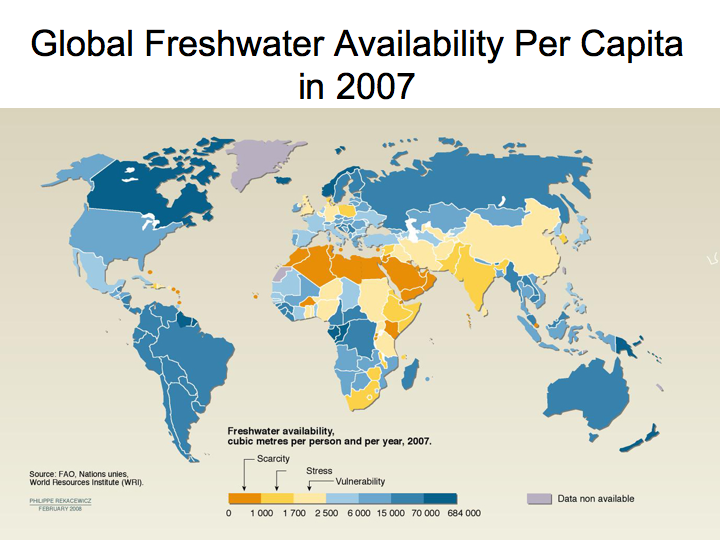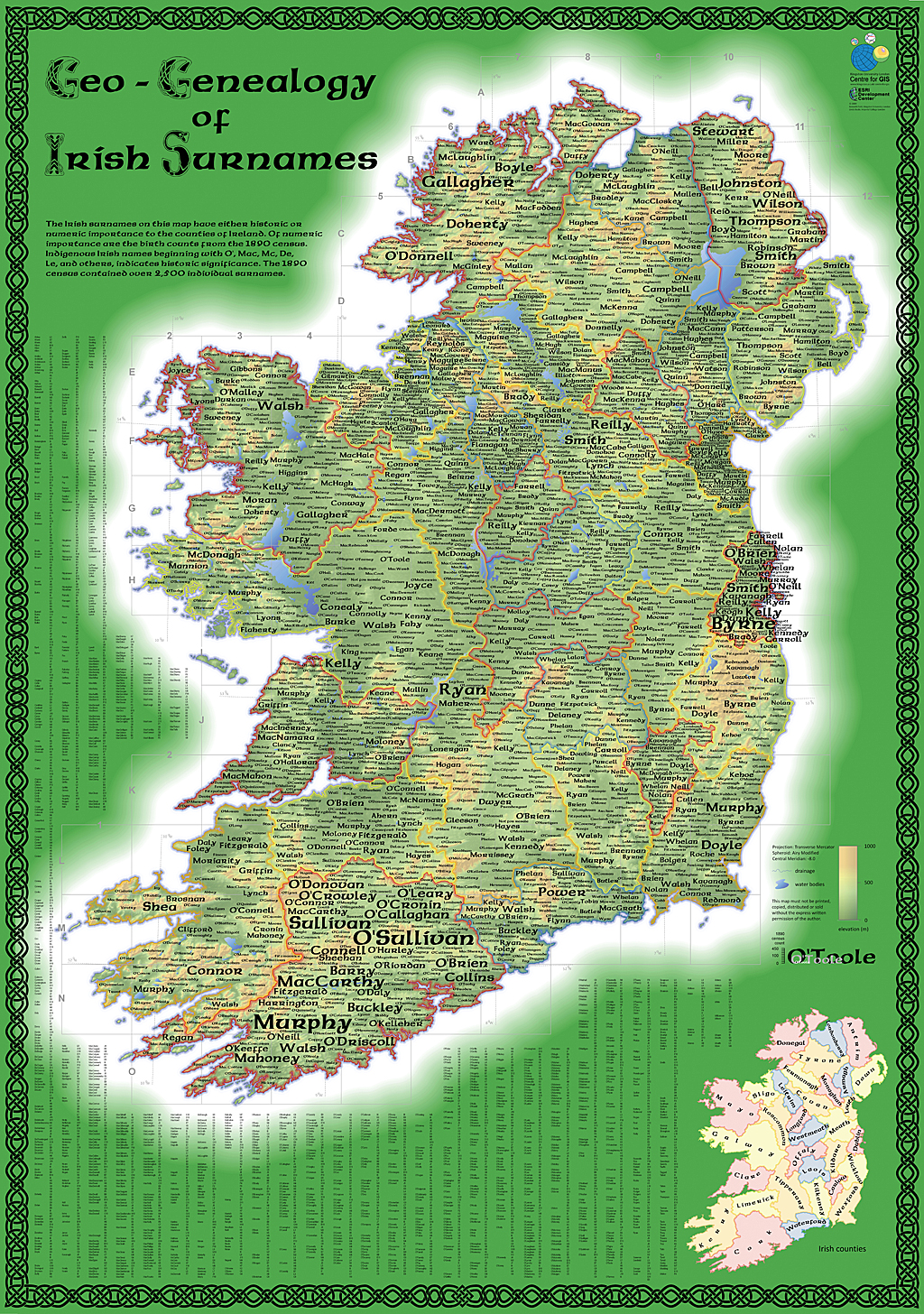Wednesday, December 10, 2014
Monday, November 3, 2014
Final Project Proposal
For our Choropleth Lab I had done the violent crimes per
capita of the 50 states. To expand on my
initial map I will be delving more in depth by mapping violent crime as of 2012
in the mid-Atlantic region by county.
The
United States Geological Survey classifies the mid-Atlantic as Virginia, West
Virginia, Maryland, Delaware, Pennsylvania, New Jersey, and New York. This is a total of 327 counties. As these are the most likely states for local
travel, I would want to know which counties have the most violent crime. As someone who likes to avoid violent crime,
it would be beneficial to know where exactly to avoid.
I would
utilize the Uniform Crime Reporting Statistics which was created by the Federal
Bureau of Investigation and the Department of Justice. This crime report houses data from almost two
decades back. However, the most recent
data is most complete when it comes to county by county statistics.
Data permitting,
I will expand my view of states to North Carolina, Ohio, Massachusetts, Rhode
Island, and Connecticut. This would
bring up the total to 542 counties. If
these states are complete I will incorporate the location of the schools in the
A10. This theoretically would add a new
element of not just knowing which counties to avoid, but also showing which
schools lie in counties that are more prone to violent crimes.
This
project is exciting in that it could expand even further. It could include moving to violent crime data
by county for the entire east coast or the United States as a whole. The data set from the FBI also provides other
crime data so that with future projects can map larcenies, robberies, sexual
crimes, murders, and other derivatives of violent crime. It allows the ability to not only analyze the
crimes but predict where crimes will most likely occur.
Crime data such as this can be both
useful not for domestic knowledge, but also with decision makers deciding on financial
budgets nationwide.
Thursday, October 23, 2014
Lab 6 - Color Choropleth
Comparing the printed version versus the digital version shows very abrupt differences mostly with the background. The digital version correctly shows the background color I chose to allow the map to "pop". However, the printed version looks almost pink, like a medium rare salmon pink. The other main difference is with states like Alaska, Nevada, and Tennessee. The color on the digital copy looks lighter than the printed version. Between the two I actually prefer the printed version for this very reason. When designing it, it originally looked as bright as the printed copy, but, most likely due to the compression for the web, the color lost some value.
Thursday, September 18, 2014
Tuesday, September 16, 2014
The Goode-Homolosine projection is an interesting projection as it is a compromised projection that preserves the relative shape of the continents. It appears to distort both shape and area. It is almost as if you peeled the world the same way you would an orange if it was all one piece.
Thursday, September 11, 2014
Subscribe to:
Comments (Atom)

























